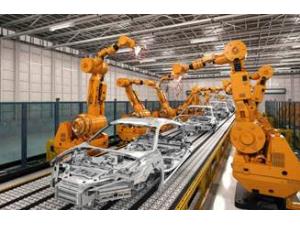A new report released by Oxford Economics, titled “How robots change the world”, suggests that over 20 million people – about 8.5 percent of the global manufacturing workforce – may lose their jobs to robots by 2030, with one industrial robot eliminating an average of 1.6 jobs in the sector.
However, the study also finds that the spread of industrial robotics will lead to increased productivity and growth, creating new jobs to replace some of those that were lost initially.
Robots are starting to become cheaper than human workers in some areas – the average unit price of a robot has dropped by 11 percent between 2011 and 2016, according to the report. At the same time, they can now do more sophisticated tasks in more varied environments.
The economic effect of a 30 percent rise over the current robot installation rate by 2030 would be a 5.3 percent increase in global GDP.
But despite the economic growth, income inequality might increase as a result of the automation. The more dependent on low-productivity or low-skilled labour a region is, the more vulnerable it will be to robots taking over human jobs, and it is unlikely for the number of new jobs created because of the economic growth to equal the number of jobs that are lost in regions with poorer, lower-skilled populations.
“This great displacement will not be evenly distributed around the world, or within countries,” according to the report. “Our research shows that the negative effects of robotization are disproportionately felt in the lower-income regions compared with higher-income regions of the same country.”
In general, the study says, urban areas will do well in this context of high automation, while rural areas will be left behind. This brings new challenges for policy makers, who will have to find ways to mitigate the effect of robotics and automation on different regions and groups of people.


